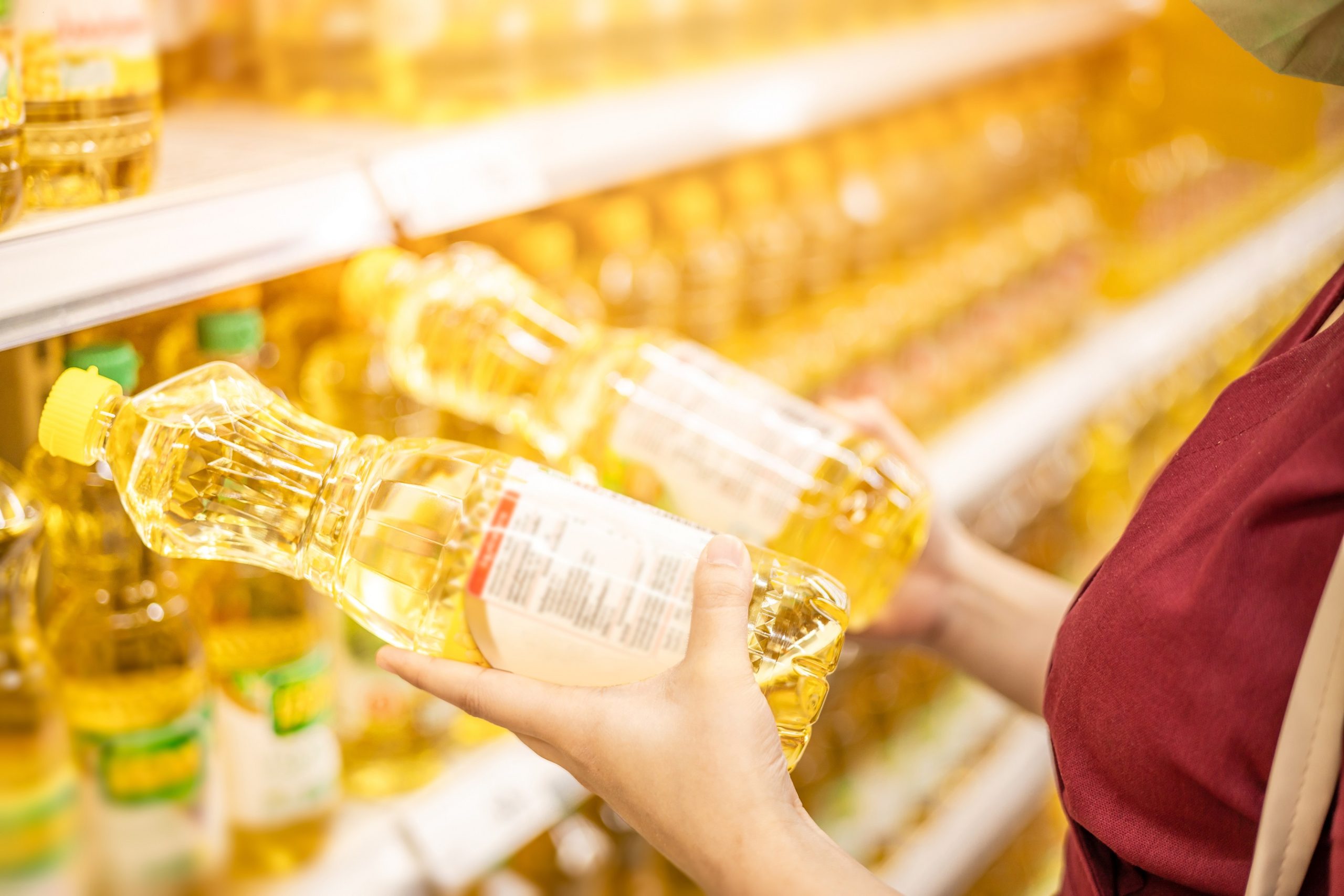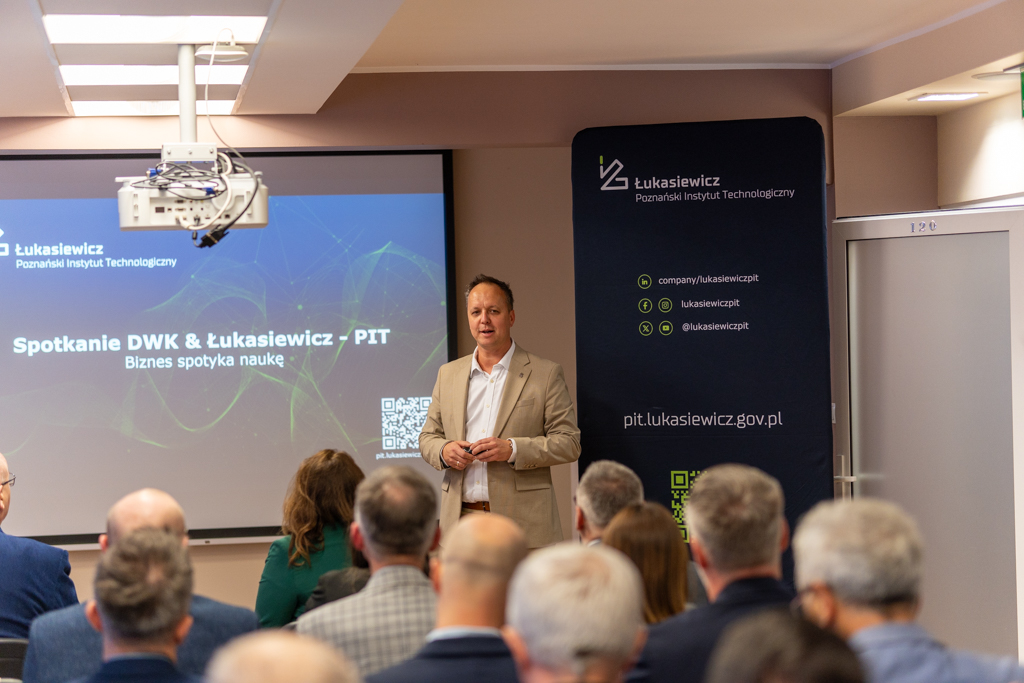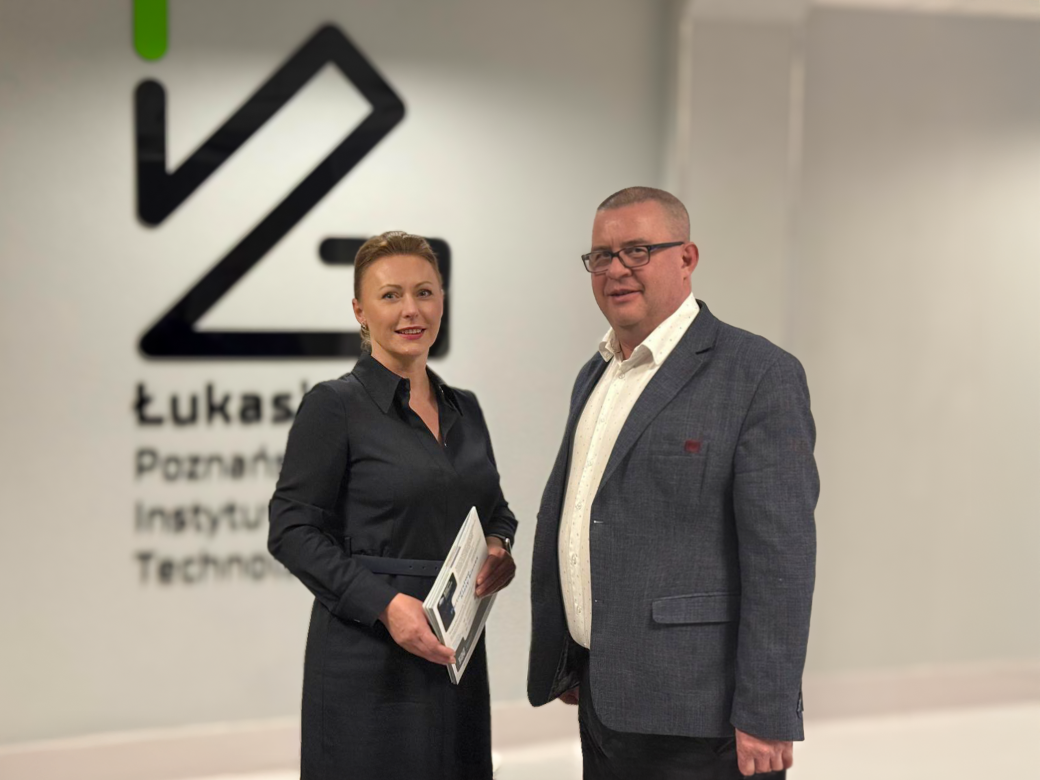Produktoskop will help combat dual quality of products

If the same washing powder sold in Poland and Germany differs in composition, we are dealing with so-called dual quality. This is an illegal practice, but fighting it is not easy. Institutions defending consumer rights will be assisted by Produktoskop, a tool created by scientists from Łukasiewicz – Poznań Institute of Technology and Poznań University of Technology.
Any product marketed in the European Union, under the same name and with the same packaging, must have identical composition and characteristics (e.g. taste, behaviour, shelf life). If they are different, we are dealing with dual quality. This practice is prohibited in the EU because it misleads consumers. They have the right to expect that a given juice will be 100 per cent fruit in Spain and Romania, while the washing liquid will leave the same long-lasting fragrance in Germany and Poland.
These laws are guarded by consumer protection institutions in EU countries. The problem is that they only react to customer reports. Not all consumers who perceive a difference in quality report the problem.
To the rescue – Produktoskop
So how do we cope with this? Produktoskop comes to the rescue, a programme based on artificial intelligence, created by scientists from Łukasiewicz – PIT, the project leader, and Poznań University of Technology. It was commissioned by the Office of Competition and Consumer Protection (UOKiK) and is intended to serve it.
The researchers analysed huge datasets available online, including reviews on search engines and price comparison sites, online shops and martketplaces, blogs or social media from across Europe. They were not limited to textual reviews – they also recognised images, audio recordings and audiovisual content posted on YouTube, Instagram or TikTok. Getting unstructured data from websites and linking specific products to each other also proved a challenge.
– The key was to create a tool capable of analysing various types of information in a single ecosystem, explains Maciej Niemir from Łukasiewicz – PIT, the project manager. – We developed a solution that enables the processing of text, images and sound using advanced artificial intelligence algorithms. The analysed content is anonymised, ensuring the protection of personal data, divided into found products and comments on them, and then evaluated in a multistage manner in terms of the nature and tone of the given opinions. This approach allows us to more accurately identify instances where a product launched in different markets has a different composition or characteristics.
– This project was made possible through collaboration with a number of researchers and the involvement of a team of annotators who prepared the data for the machine learning processes. A key element was also the development of dedicated, multilingual AI modules to ensure high speed and efficiency of analysis. This will enable UOKiK to accurately identify potential cases of dual quality,’ emphasises Mikołaj Sobczak from the Poznań University of Technology, scientific manager of the project.
Produktoscope will react immediately when a review suggesting that dual quality is being used appears online. This will enable the UOKiK to investigate a product immediately, without waiting for consumer reports.
The programme was developed under a grant from the National Centre for Research and Development (NCBR) under the INFOSTRATEG III programme.




